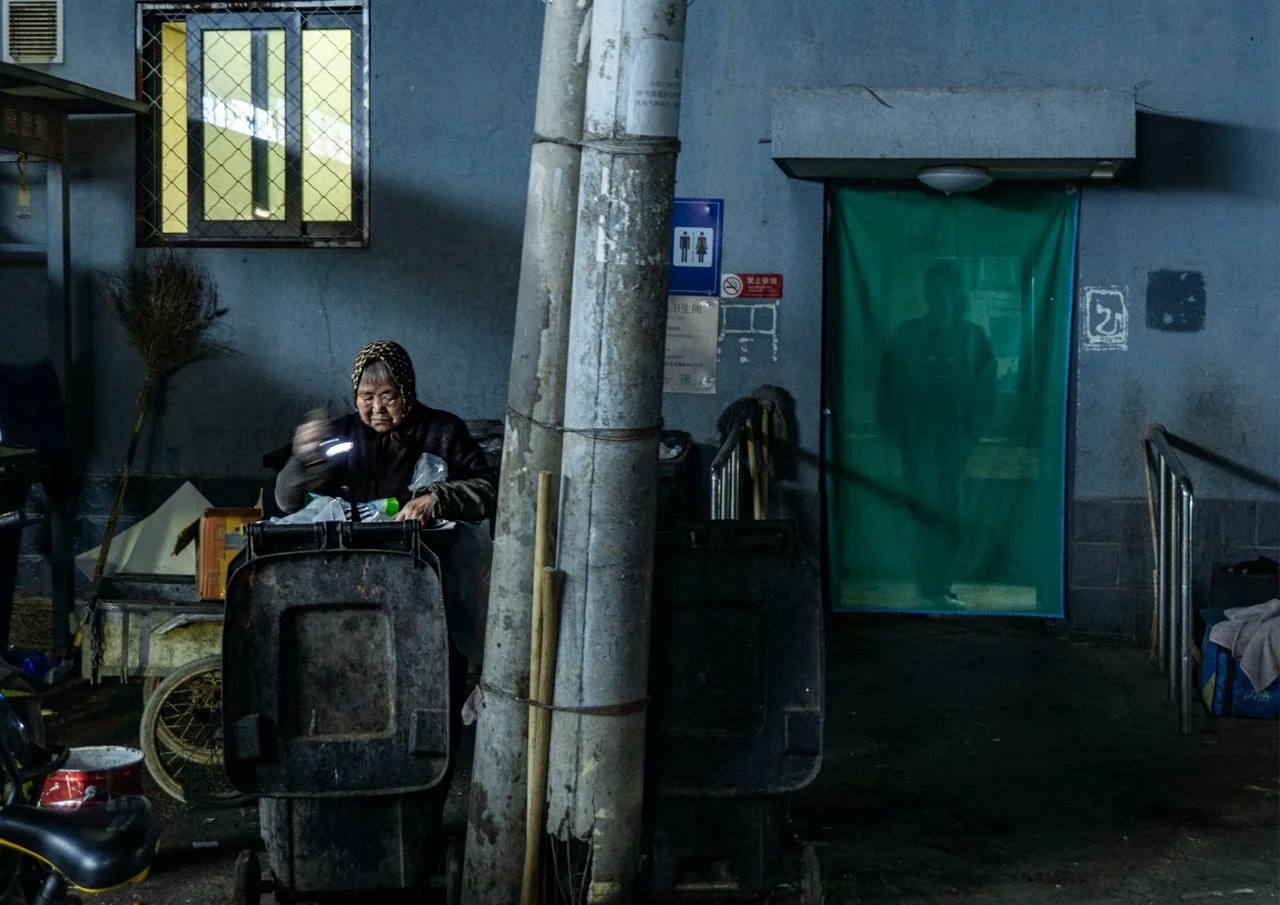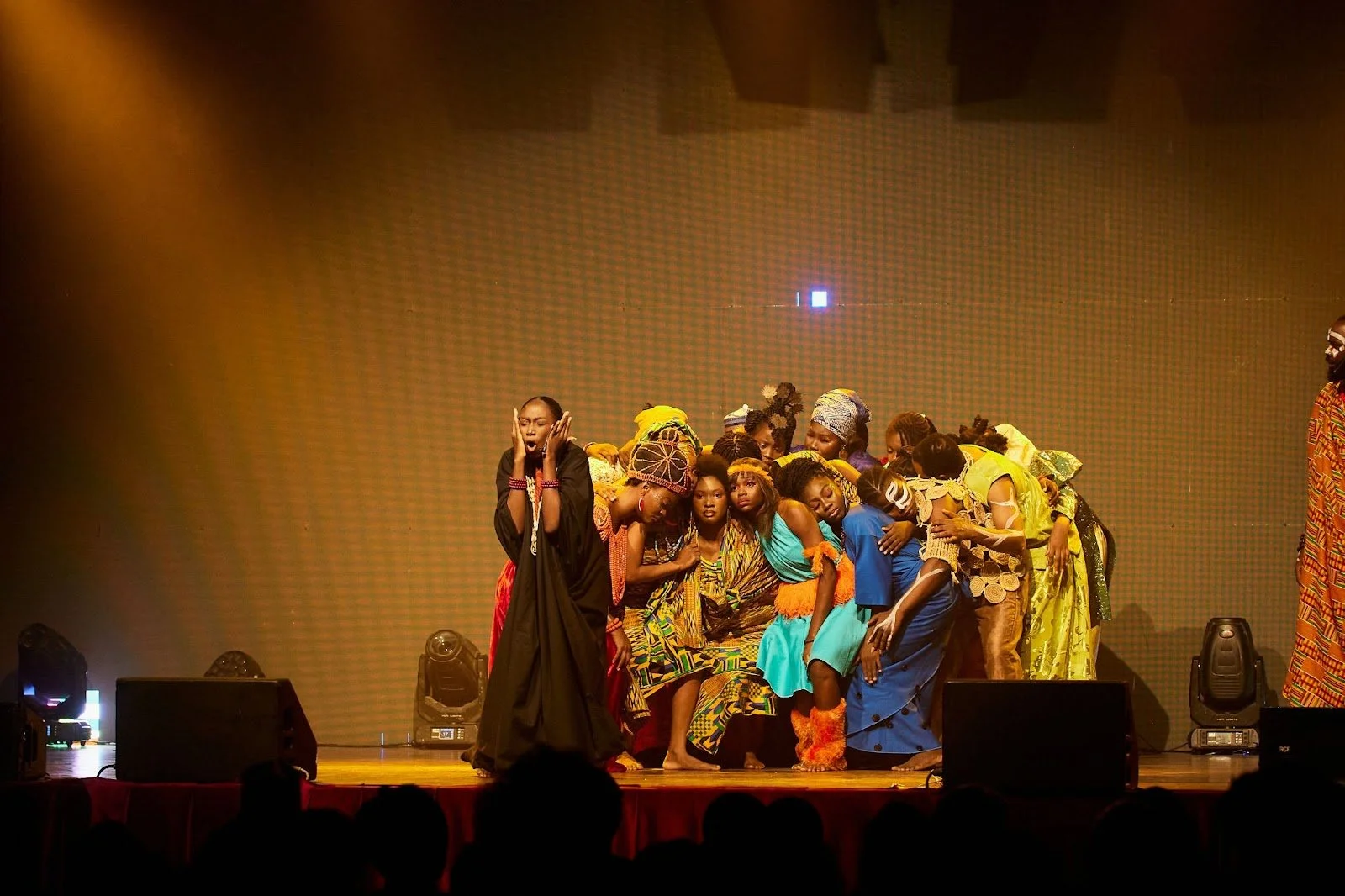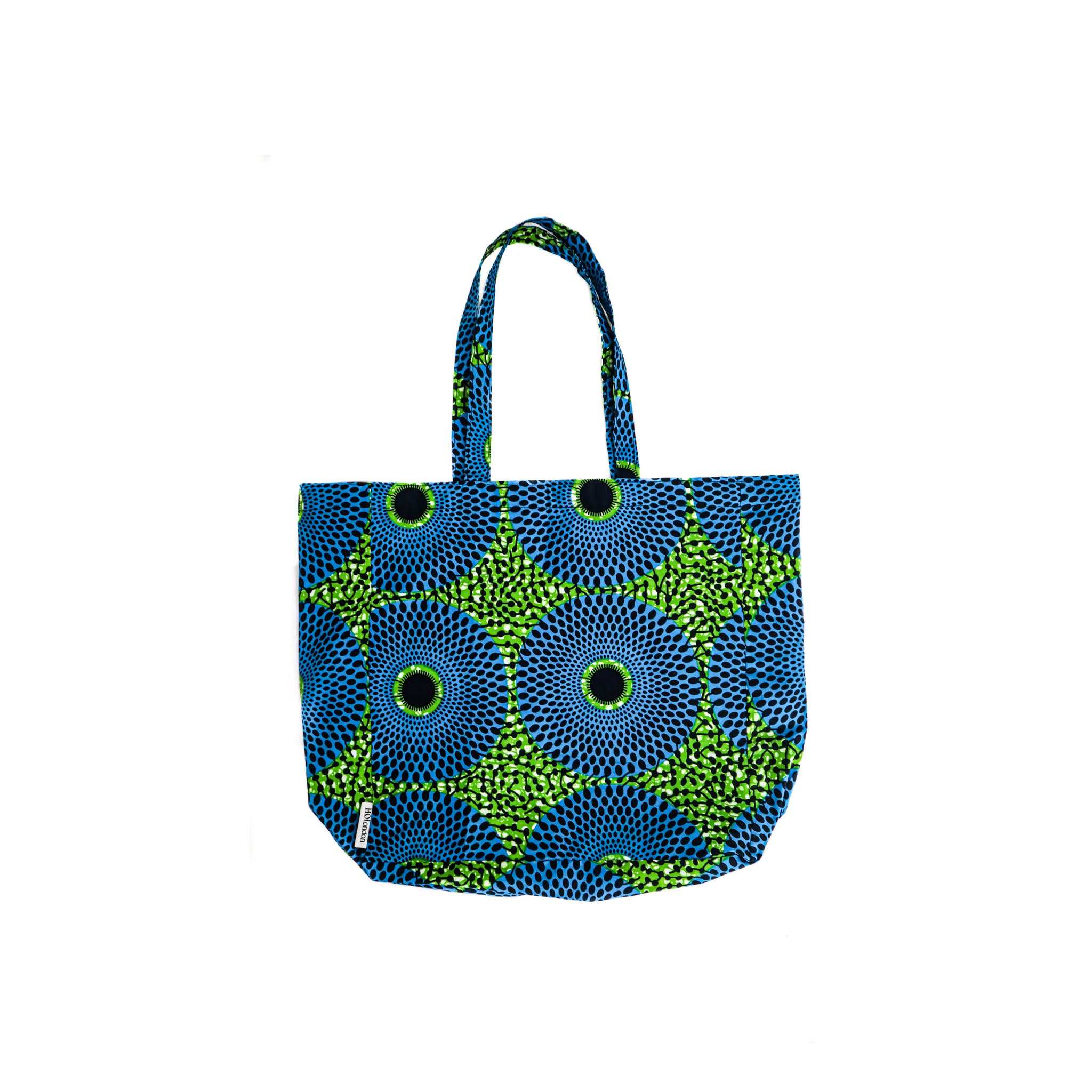Artists to see at the 13th Berlin Biennale for Contemporary Art
The 13th Berlin Biennale for Contemporary Art is currently underway, running from 14 June to 14 September 2025 across four prominent venues in Berlin: the KW Institute for Contemporary Art, Sophiensäle, Hamburger Bahnhof – Nationalgalerie der Gegenwart, and a former courthouse on Lehrter Straße in Moabit. Featuring work by over 60 artists and more than 170 pieces, the Biennale has been held every two years since 1998. This year’s edition, curated by Zasha Colah with Valentina Viviani as Assistant Curator, is titled Passing the Fugitive On. Inspired by the urban fox, a creature known for its adaptability, stealth, and survival within the city’s margins, the exhibition reflects on how art can evade systems of control, persist in challenging circumstances, and quietly transmit knowledge and resistance.
Among the many works on display, several artists caught our attention. While some use humour or irony to engage viewers, all focus on highlighting significant social and political issues from around the world. Each piece serves as a powerful reminder of how art can preserve histories that might otherwise be forgotten or erased. Here is our guide to nine artists not to miss at the 13th Berlin Biennale.
Anawana Haloba
Anawana Haloba, Looking for Mukamusaba – An Experimental Opera, 2024/25, Installation view, 13th Berlin Biennale, KW Institute for Contemporary Art, 2025. Image credit MTotoe/ © FLO London
#FLODown: Anawana Haloba’s experimental opera, Looking for Mukamusaba (2024/25), presented at the KW Institute for Contemporary Art, explores Southern African oral traditions through a sculptural sound installation that reimagines opera beyond Western forms. Using eight speaker sculptures inspired by ceremonial objects, Haloba gives voice to legendary and historical female figures such as Mukamusaba, Alice Lenshina, and Lucy Sichone, activists and prophets whose stories have been passed down through songs and oral histories. The work creates a space of communal reflection and resistance, highlighting how collective voices can transform grief and tragedy into a powerful song of solidarity.
Exhibited at KW Institute for Contemporary Art.
Argentine collective Kiki Roca
Kikí Roca, Las Chicas del Chancho y el Corpiño, El Corpiño[The Bra], 1995/2025, installation view, 13th Berlin Biennale, KW Institute for Contemporary Art, 2025. Image credit MTotoe/ © FLO London
#FLODown: Cristina “Kikí” Roca’s work with the feminist collective Las Chicas del Chancho y el Corpiño uses humour, irony, and political critique to challenge patriarchal power, most famously through El Corpiño (“The Bra”), a monumental brassiere first created in 1995 in Córdoba, Argentina, in response to the then-provincial governor’s macho remark, “we have to put out our chests”. Between the bra’s cups hangs a tag reading “Hasta cuándo…” (“Until when…”), transforming the governor’s slogan into a pointed question that calls out the persistence of sexism and state violence. The bra’s emptiness symbolises the disappeared women of Argentina’s military dictatorship (1976–1983), while its presence in the street directly confronted the political climate of its time. Rooted in Córdoba’s history of resistance, including the 1919 University Reform led by Roca’s grandfather and the 1969 El Cordobazo uprising, the work was originally shown in a public political space in the city.
Exhibited at KW Institute for Contemporary Art.
Helena Uambembe
Helena Uambembe, How To Make a Mud Cake, 2021/2025, installation view, 13. Berlin Biennale, Former Courthouse Lehrter Straße, 2025. Image credit MTotoe/ © FLO London
#FLODown: Helena Uambembe’s How To Make a Mud Cake (2021/2025), exhibited at the Former Courthouse Lehrter Straße, adopts a clinical, instructional tone to address inherited trauma and colonial histories. The video features the artist in the role of a social media chef, methodically “cooking” soil as a metaphor for processing complex legacies of land dispossession and cultural dislocation tied to her Angolan heritage. This restrained approach is contrasted by ink prints on tea towels, hung delicately on flowers, which list warnings such as “May contain traces of nationalism,” “May contain traces of fascism,” and “May contain traces of racial killings.” These domestic objects underline the pervasive and deeply rooted nature of historical trauma within everyday life.
Exhibited at Former Courthouse Lehrter Straße.
Panties for Peace
Panties for Peace, Panty Power Attack, 2007, installation view, 13th Berlin Biennale, KW Institute for Contemporary Art 2025. Image credit MTotoe/ © FLO London
#FLODown: Arguably one of the most amusing yet intriguing works we came across, Panties for Peace revisits a campaign by the Lanna Action for Burma Committee, which targeted Myanmar’s military leadership by exploiting a specific cultural belief: that men’s hpoun, a form of masculine spiritual power, can be weakened through contact with women’s underwear or sarongs. Between 2007 and 2010, activists mailed panties to Burmese embassies across the globe, using this superstition to symbolically strip authority from those in power. The installation includes blog-style videos and campaign materials from the fictional “Lanna Panty Party,” including a satirical 2010 election broadcast promising wind-powered electricity and light for all. Through ridicule and irreverent spectacle, the campaign exposes and mocks the hyper-masculine insecurity underpinning authoritarian control.
Exhibited at KW Institute for Contemporary Art.
Salik Ansari
Salik Ansari, Altars of Absences, 2025, installation view, 13th Berlin Biennale, Former Courthouse Lehrter Straße, 2025. Image credit MTotoe/ © FLO London
#FLODown: Salik Ansari’s Altars of Absences (2025) confronts the political and social violence behind the demolition of homes and structures, focusing on the practice often referred to as “bulldozer justice” in India. The work highlights how such demolitions, frequently targeting people based on caste, religion, or political views, are carried out with little warning or legal recourse, erasing both physical spaces and the communities tied to them. Rather than depicting the destroyed buildings directly, Ansari focuses on the jaws of excavators amid rubble, using irregular framing that mirrors the visual language of news photography or footage captured by bystanders. This emphasis on absence marks these sites as “living, shapeshifting scars,” reflecting on the lasting impact of state violence and the erasure of public memory. Altars of Absences serves as a call to recognise and remember these acts of destruction rather than allowing them to fade into political amnesia.
Exhibited at the Former Courthouse Lehrter Straße.
Anna Scalfi Eghenter
Anna Scalfi Eghenter, Die Komödie! [The comedy!], 2025, installation view, 13th Berlin Biennale, Former Courthouse Lehrter Straße, 2025. Image credit MTotoe/ © FLO London
#FLODown: Anna Scalfi Eghenter’s Die Komödie! (2025) revisits the 1916 trial of socialist leader Karl Liebknecht, who was charged with high treason for opposing Germany’s involvement in World War I. The installation, set in the Former Courthouse Lehrter Straße where the trial took place, unfolds across multiple rooms filled with reprints of Liebknecht’s pamphlets, miniature toy soldiers, and maps of global financial networks. These elements draw connections between historical imperialism and today’s economic systems. In the final room, a red neon sign reading “COMUNISTA” is visible through the courthouse windows, reflecting Liebknecht’s call for collective resistance.
The work resonates with the Berlin Biennale’s broader focus on the fox as a symbol of cunning and survival in complex political landscapes. By placing viewers within the original trial space, Eghenter invites reflection on how acts of defiance can persist and adapt over time.
Exhibited at Former Courthouse Lehrter Straße.
Zamthingla Ruivah Shimray
Zamthingla Ruivah Shimray, installation view, 13th Berlin Biennale, Hamburger Bahnhof – Nationalgalerie der Gegenwart, 2025. Image credit MTotoe/ © FLO London
#FLODown: Zamthingla Ruivah Shimray is one of the most compelling artists to watch at the 13th Berlin Biennale, not only for the political urgency of her subject matter but for the way she transforms traditional weaving into a living, insurgent form of art. In Luingamla Kashan, she commemorates Luingamla Muinao, a young Naga woman murdered by Indian army officers in 1986 after resisting an attempted rape, weaving her story into a deep red sarong with geometric patterns that symbolise both brutality and the path to justice. Shimray’s work moves beyond symbolic tribute to become a form of collective action, the kashan has since spread across 232 villages, with over 6,000 women involved in weaving more than 15,000 versions, keeping the memory of Luingamla alive through community, storytelling and song. Her new works, two large woven shawls or kachons, respond to the 2023–2024 violence in Manipur, depicting scenes of protest, destruction and loss in Rai-Mui Kachon, while Rairā Kachon carries a veiled message embedded in colour, rhythm and form. Her work is a living archive of grief, resilience and solidarity.
Exhibited at Hamburger Bahnhof – Nationalgalerie der Gegenwart.
Stacy Douglas
Stacy Douglas, Law Is Aesthetic: Trope, 2025, installation view, 13th Berlin Biennale, Former Courthouse Lehrter Straße, 2025. Image credit MTotoe/ © FLO London
#FLODown: Stacy Douglas’s One Day III, part of Law Is Aesthetic: Trope (2025), uses video to examine how legal systems assert their own authority while sidelining those caught within them. Referencing Kafka’s The Trial, the work weaves together news clips where anchors describe current events as “Kafkaesque,” scenes of a person reading Canadian case law where the term appears, and a rehearsal of Douglas’s play Waiting for Law, in which two characters are accused of both waiting and not waiting. The final video features personal reflections in the form of love letters on “counter-monumentality,” a theme central to Douglas’s academic practice.
Exhibited at the Former Courthouse Lehrter Straße.
Sarnath Banerjee
Sarnath Banerjee, Critical Imagination Deficit, 2025, installation view, 13th Berlin Biennale, KW Institute for Contemporary Art, 2025. Image credit MTotoe/ © FLO London
#FLODown: For the Biennale, Sarnath Banerjee’s Critical Imagination Deficit (2025) plays with the structures of Indian street newspaper kiosks to explore the erosion of political imagination under neoliberal and post-colonial conditions. The installation features a range of voices and figures, including UK Home Secretary Suella Braverman, whose political rhetoric is referenced as part of a broader critique of language and power. By incorporating such contemporary figures, Banerjee’s work highlights how political discourse shapes public perception and challenges viewers to consider the impact of words on social and political realities. Exhibited at the KW Institute for Contemporary Art.
Exhibited at Former Courthouse Lehrter Straße.
The 13th Berlin Biennale for Contemporary Art is on view until 14 September 2025, showcasing a wide-ranging programme across four key venues in the city: Hamburger Bahnhof – Nationalgalerie der Gegenwart, KW Institute for Contemporary Art, Sophiensæle, and the former Courthouse on Lehrter Straße .
Price: Standard admission (single entry to each venue) from 16 EUR. Book now






























